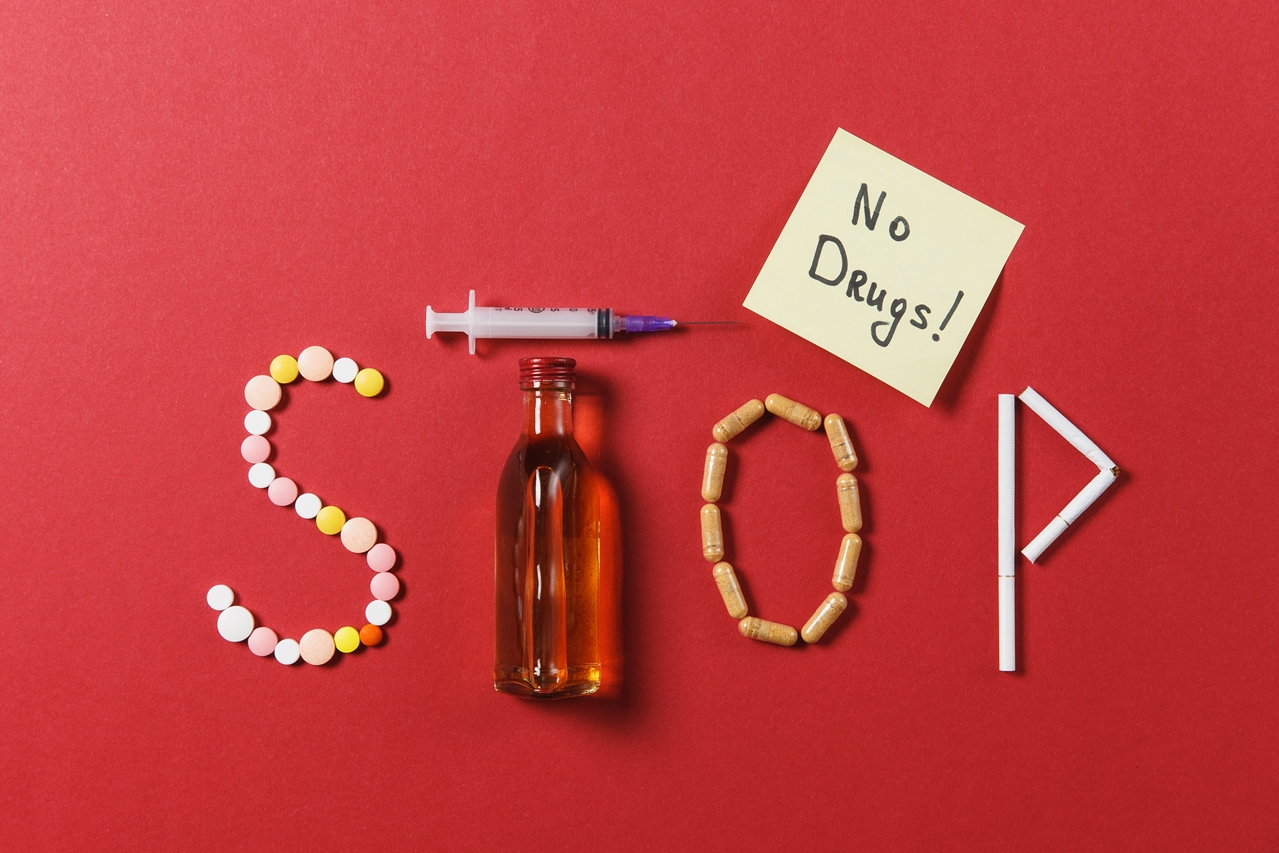Drugs, Narcotics, whatever they are called, we all agree that the spread and misuse of these goods needs to be fought. The problems caused by these illicit goods seem to be unsolvable. Problems related to drugs are increasingly diverse as the modus operandi of drug distribution and abuse develops.
Data sources summarized from the Data and Information Research Center of National Narcotics Board (Puslidatin BNN) state that the prevalence of drug abuse in our society is still quite high. Certainly, this is a concern that needs special attention considering that in the last two years, from an economic point of view, all lines and sectors have been hit hard by the COVID-19 pandemic. However, one thing that becomes an anomaly is the prevalence rate of drug abuse which has not decreased significantly.
Prevalence Table of “Have Used Drugs” Abusers
|
AGE |
VILLAGE |
CITY |
TOTAL |
|||
|
2019 |
2021 |
2019 |
2021 |
2019 |
2021 |
|
|
15-24 |
1,10 |
1,93 |
2,30 |
1,99 |
1,80 |
1,96 |
|
25-49 |
3,30 |
2,24 |
3,00 |
3,61 |
3,10 |
3,00 |
|
50-64 |
0,40 |
1,65 |
1,80 |
2,60 |
1,30 |
2,17 |
Source: Indonesia Drugs Report 2022 PUSLIDATIN BNN
By looking at the table above, it can be seen that in total there is an increasing trend of drug abusers in the age range of 15-24 years and 50-64 years starting from 2019 to 2021. Although there is a decline in the age range of 25-49 years, the increased vigilance this year needs to be done.
The prevalence trend of drug abuse in the table above also illustrates the magnitude of the challenges faced in overcoming drug problems in Indonesia. The President of the Republic of Indonesia has said that currently Indonesia is experiencing a drug emergency. Thus, the handling of the drug problem should be carried out more massively. Drug handling needs to be sustainable and continual, starting from the upstream to downstream handling. Handling that is preventive to curative. However, in reality, the drug problem handling program is still difficult to become a priority even though there has been Law No. 35 of 2009 concerning narcotics which has stated clearly and explicitly that narcotics or drugs need to be fought and get attention from all parties, especially the government.
One of the challenges in dealing with drug problems is how to form an
integrated system that carries out handling tasks from upstream to
downstream. The drug problem is the same as a concept in economic theory
where the higher the demand, the higher the supply. The trend of
increasing prevalence of drug abusers that occurs sparingly is due to the increasing
domestic demand for drugs, therefore the supply of drugs
will also be higher. To anticipate this condition, handling through an
integrated system needs to be done. Upstream handling will be related to
how to prevent drug abuse by promoting activities such as disclosing
drug smuggling cases, socializing the dangers of drug abuse starting
from the student level to the general public, even if it is necessary to
carry out massive patrol activities at the entry points of Indonesian
waters, land and air.
Then from the downstream side, curative handling of drug abuse victims will be focused as it is carried out through rehabilitation, both social and medical rehabilitation, that needs to be strengthened. The provision of rehabilitation services, especially social rehabilitation, which has been constrained by the division of regional responsibilities as stipulated in Law number 23 of 2014 should be considered more deeply by providing more adequate social rehabilitation services at the provincial level while the central government remains in charge. The existence of the Mandatory Reporting Recipient Institution (IPWL) needs to be improved so that the implementation of social rehabilitation for drug abusers can be accessed more easily by the public who need social welfare services.
Strengthening upstream handling can indirectly reduce the number of new abusers because the supply will be pressured not to increase or even decrease by breaking the sales chain and providing continuous education to the wider community so as not to abuse drugs. On the other hand, by strengthening the downstream handling through the rehabilitation route, it will suppress the relapse or recurrence of drug abuse victims to return to using the illicit goods so that demand can be suppressed.
The existence of this integrated system has not been seen thoroughly so
that the handling of the drug problem cannot be resolved. In addition,
the sectoral ego between regional apparatus organizations (OPD) both at
the central and regional levels in efforts to handle drug problems is
still quite obvious so that it gives the impression that drug
problems are only a particular OPD problem. Meanwhile, the modus operandi, precursors, and targets for the spread and
abuse of drugs continue to occur with various patterns and increase from
time to time. Types of new drugs that have not been included in the
list of drugs in the regulation of the Minister of Health can be a
loophole in providing sanctions for drug dealers. Therefore,
strengthening this integrated system can be an alternative effort that
might be reviewed so that it can be formed in such a way as to become an
integrated and systematic program carried out by the central government
to local governments, both provincial and city districts in Indonesia.
 Bahasa
Bahasa
 English
English


